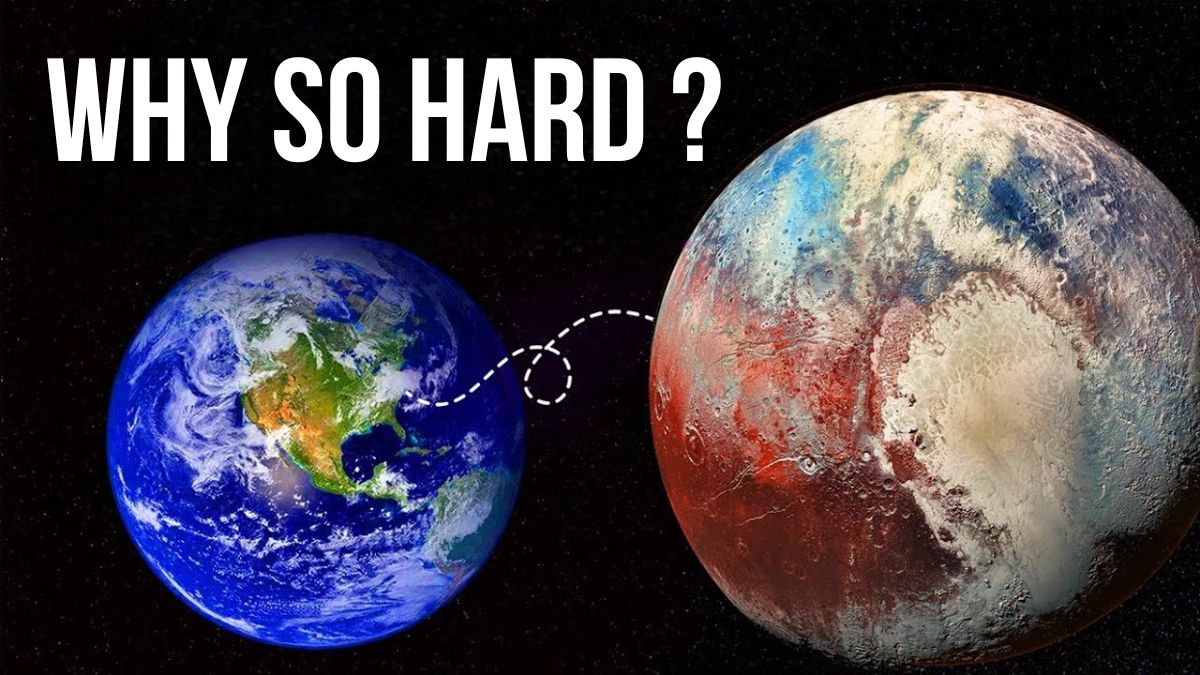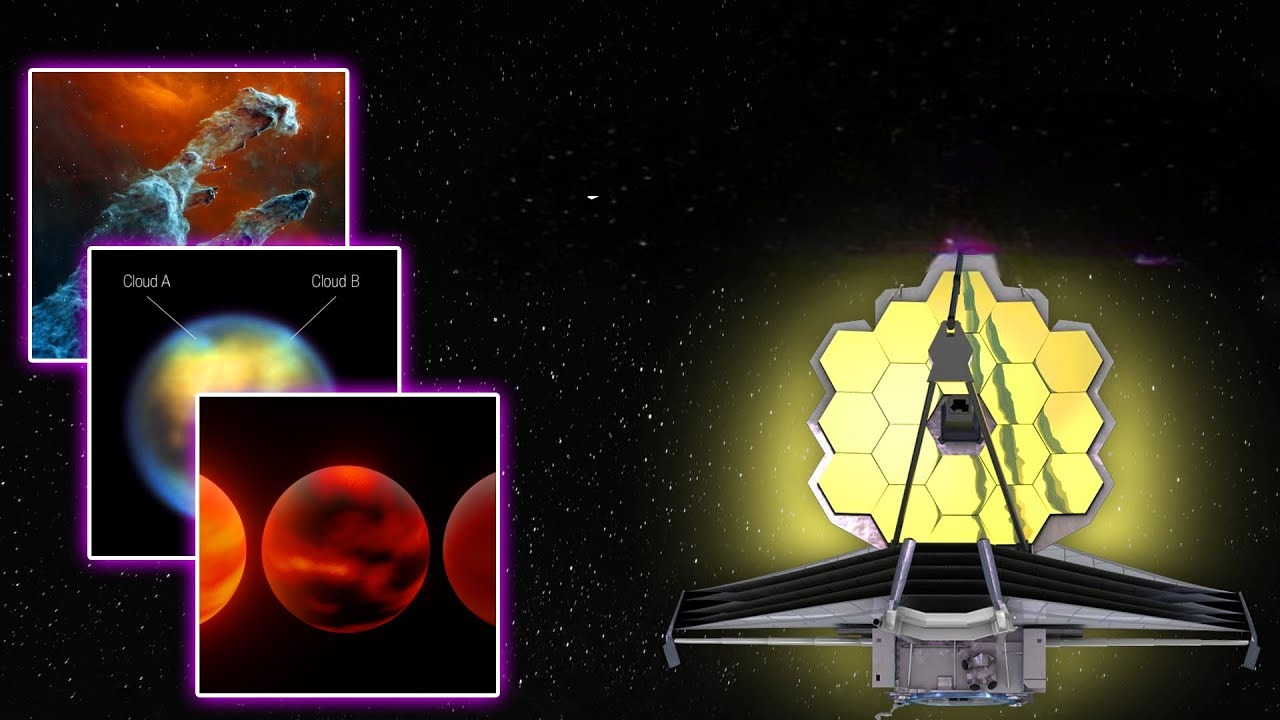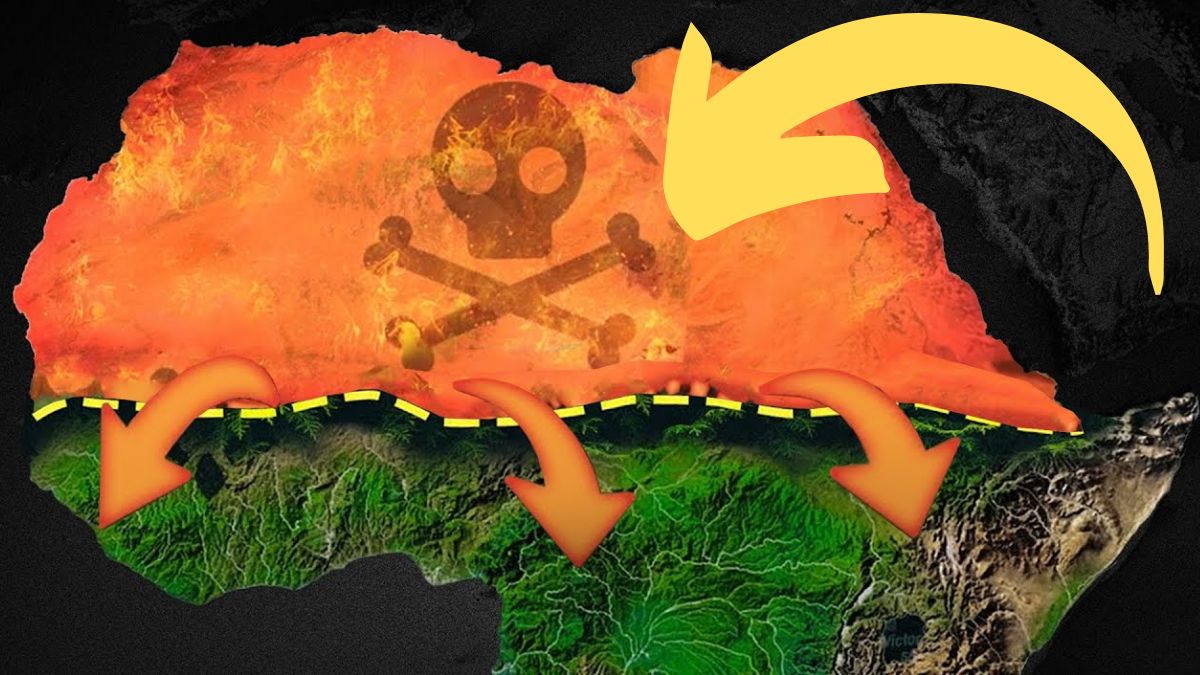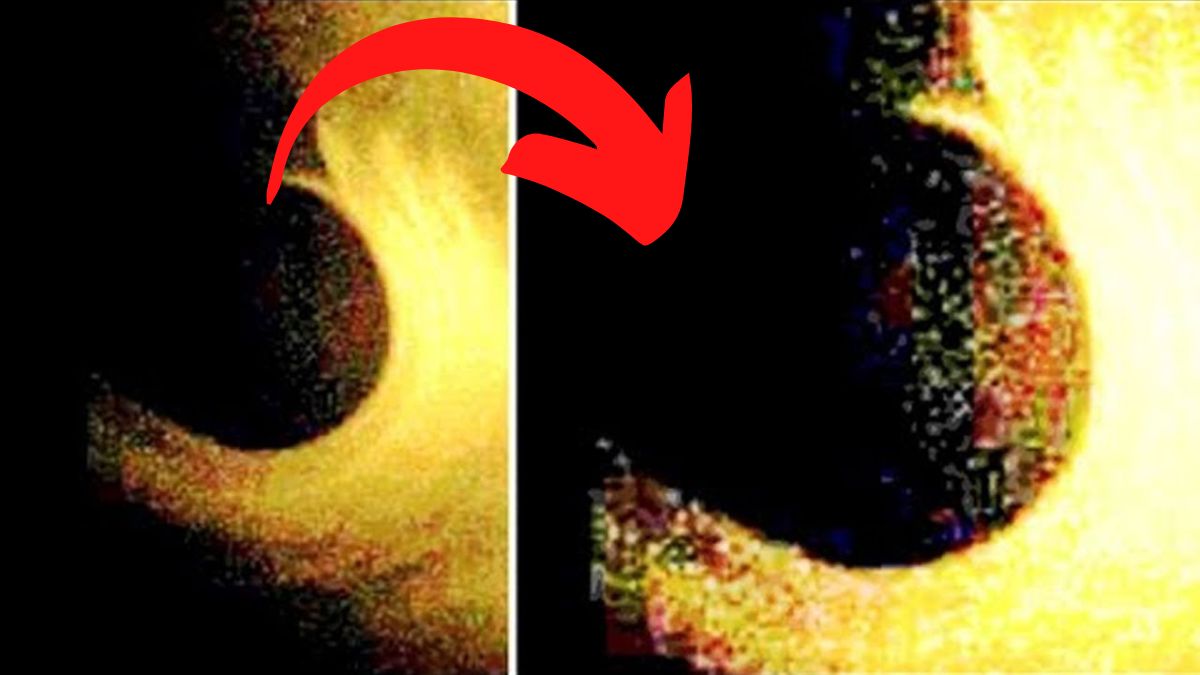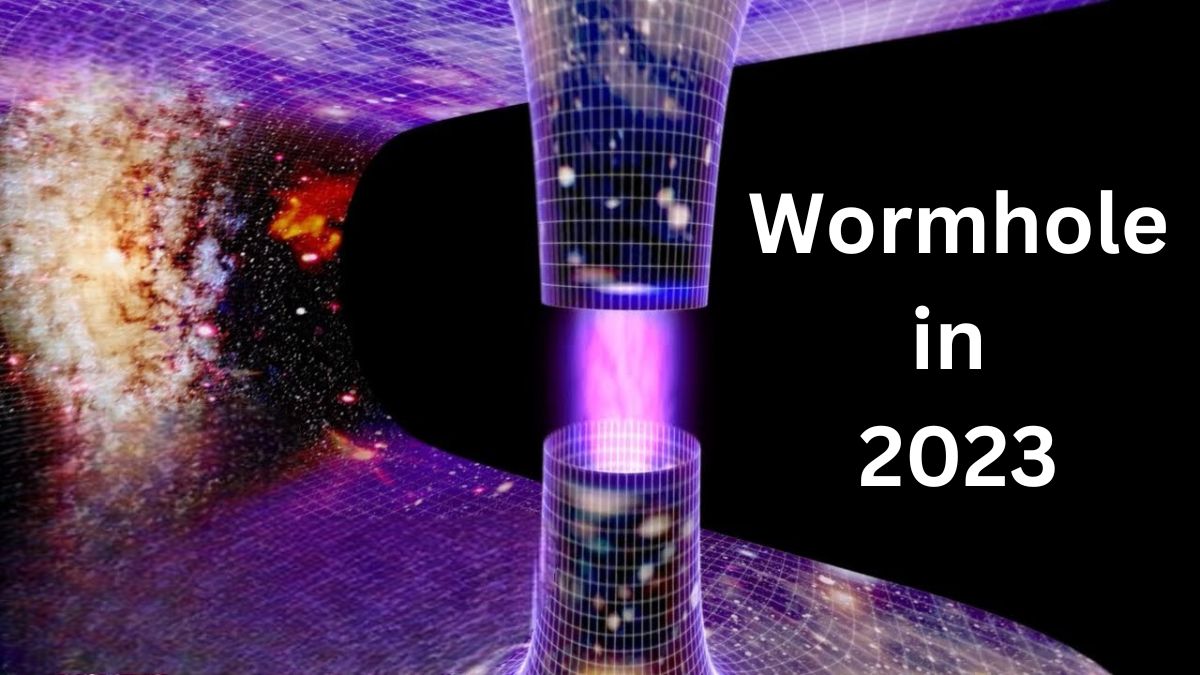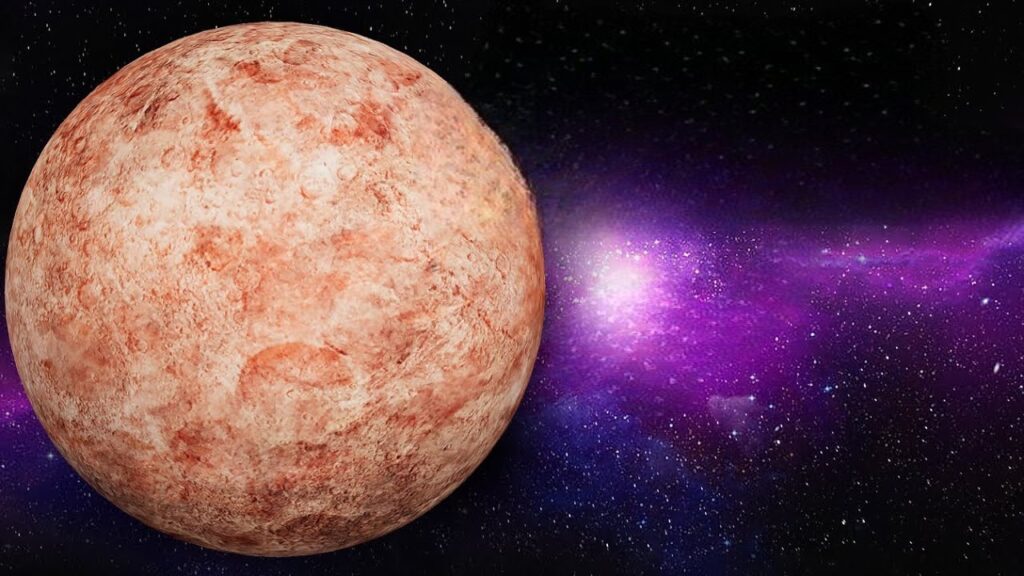
Numerous small objects, including several dwarf planets, can be found in the Kuiper Belt, a region on the outer edge of the Solar System.
Makemake was the fourth planet that was found, and it was one of the reasons Pluto lost its status as a planet a decade ago.
But what makes this item so unique?
Let’s discover!
Makemake was observed by a group of astronomers in March 2005 at the Palomar Observatory in San Diego, California.
As a point of curiosity, the name of this object is written as follows: even though it may appear to be a repetition of the word “make.”
A Spanish team of astronomers had made the discovery of the dwarf planet Haumea two days prior.
Because it was made with data taken from the computer of the Palomar Observatory telescope, this announcement sparked controversy.
Due to this unfortunate circumstance, the Californian team was forced to announce the discovery of Makemake and Eris earlier than expected; because they feared they would attempt to steal authorship once more.
Even though Makemake has a relative brightness that is one-fifth that of Pluto, it wasn’t discovered until many other objects in the Kuiper belt with apparent magnitudes that were smaller.
What happened is that the quest for minor planets is finished close to the ecliptic (a region where a large portion of the items circling the Sun are situated), while Makemake’s circle is exceptionally disposed.
Makemake was discovered in the north of the constellation Berenice’s Hair, at its most significant distance from the ecliptic, despite its highly inclined orbit.
It was renamed Makemake in July 2008, despite being originally listed as 2005 FY9.
In the mythology of the Rapa Nui, who live on Easter Island southeast of the Pacific Ocean, this name is associated with the god of fertility.
The chief god, creator of humanity, and fertility god was Makemake.
The group led by scientist Michael Brown found this object.
the same person who also participated in the discovery of the dwarf planet Haumea and the dwarf planet Eris.
Characteristics of the dwarf planet At the moment, Makemake is the second brightest known object on the outer edge of the Solar System. It is slightly less bright than Pluto and can be seen with a good amateur telescope.
It orbits a little bit further away and has a diameter of 1,400 kilometers—two-thirds that of Pluto.
However, it is closer to Eris than to Makemake because it takes Makemake 310 years to complete a solar rotation, whereas Eris does so every 558 years.
It has a day that is slightly shorter than Earth’s and rotates on itself every 22.5 hours. At its perihelion, it is close to 38 times as far away from our star as the Earth is.
At the same time, it reaches 53 astronomical units when it is at its aphelion.
possesses a slightly eccentric orbit.
Because of its distinctive reddish-brown color, scientists came to the conclusion that Makemake must have a layer of methane on its surface, most likely in minute accumulations of one centimeter in thickness.
On its surface, frozen ethane and nitrogen signals have also been detected.
Making use of the planet’s proximity to the star (occultation), Makemake abruptly blocked the star’s light on April 23, 2011, by passing in front of an 18th-magnitude star.
This is somewhat surprising because Pluto and Makemake share numerous similarities; Pluto, on the other hand, does have a thin atmosphere.
Space experts likewise utilized that equivalent second to decide how much light the planet reflects.
It is slightly darker than Pluto but brighter than Eris due to its reflective quality, which is comparable to that of dirty snow.
The presence of methane and possibly nitrogen suggests that, close to its perihelion, Makemake may have a transitory atmosphere similar to Pluto’s; The planetoid is closest to the Sun at perihelion.
Its main component will be nitrogen, if it has any on its surface.
A natural explanation for nitrogen depletion is also provided by the existence of an atmosphere: A significant amount of nitrogen probably escaped through atmospheric escape due to Makemake’s weaker gravity than Pluto’s, Eris’s, and Triton’s.
Methane has a vapor pressure that is significantly lower than the surface temperatures of Makemake, which are approximately -402.07 °F (32 °K), despite being lighter than nitrogen.
However, New Horizons’ studies of Pluto’s atmosphere suggest that methane, not nitrogen, is the most common exhaust gas.
As a result, it is still challenging to explain why Makemake does not contain nitrogen.
Tholins were also discovered on the surface of Makemake by astronomers.
Tolins are molecules that form whenever ethane and methane interact with ultraviolet light from the Sun.
Tholins typically cause a reddish-brown color if they are present.
Makemake noticed this reddish hue during his observations; Since it lacks a geological system that renews its surface, the planet must be covered in impact craters, as it has a dark reddish color similar to Mars’. However, it does not have ice caps or significant rocky elevations like mountains or volcanoes.
Regarding its relief, it must resemble the dark side of the moon, which has numerous craters on a reddish surface; However, because this object is so far away, all of this is just speculation because exploration probe cameras have never captured images of it like they did Pluto.
A team of astronomers reviewed April 2016 Hubble Space Telescope observations and announced the discovery of a 175-kilometer-diameter satellite orbiting Makemake at a distance of approximately 21,000 kilometers and a period of approximately 12.4 days.
The name given to this object was MK2; It appears to be as dark as coal in the Hubble telescope images, which is striking considering how bright the surface of its host Makemake is. This could be because the satellite’s gravity is too weak to hold any ice that evaporates from the surface of MK2 into space.
Because it will enable us to study Makemake in greater depth, its finding is advantageous.
Additionally, it enables us to better comprehend the nature of dwarf planets and ascertain whether or not satellites orbiting them are uncommon.
Astronomers also hope to identify the type of MK2’s orbit with subsequent observations.
If it is circular, it would indicate that the satellite probably originated from an impact that occurred a long time ago (similar to how Pluto’s satellites formed).
MK2 was, on the other hand, a free-moving object in the Kuiper Belt that Makemake captured if it had an elliptical orbit.
Guilty that Pluto is no longer a planet Between 2002 and 2005, a group of astronomers from the Palomar Observatory in California under the direction of Michael Brown discovered a number of bodies in the Kuiper belt.
Like Makemake, the main character in this article, some of these bodies had a diameter of about 1000 kilometers, and two of them, Eris and Haumea, were the size of Pluto.
Additionally, Ceres has been referred to as a nearly 1000-kilometer-diameter body that orbits within the asteroid belt beyond Mars since 1801.
Doubt surfaced as a result of these discoveries.
Should these bodies be added to the list of planets if they share so many characteristics with Pluto, as Makemake and the other objects do?
The solar system would contain approximately 15 planets, the largest of which would be more than 100 times wider than the smallest.
However, if we decided not to include them, it would imply that Pluto was chosen arbitrarily as the planet’s lowest point; Additionally, there was a possibility that we would come across something slightly larger than Pluto in the not-too-distant future, necessitating its inclusion on the planets’ list.
On August 24, 2006, Pluto was downgraded from being the ninth planet in our Solar System to a dwarf planet as a means of resolving this issue.
In that year, the International Astronomical Union decided that a celestial body had to fulfill three requirements in order to be considered a planet:
Because Pluto shares its orbit with other bodies, it was removed from the definition by a vote of the international body of astronomers. As a result, our Solar System is officially made up of eight planets (Mercury, Venus, Earth, Mars, Jupiter, Saturn, Uranus, and Neptune) and five dwarf planets (Ceres, Haumea, Eris, Makemake, and Pluto). Orbit the Sun Have a mass large enough to make its shape round).
Be sure to watch our previous release on “What’s strange going on Pluto? ” before we move on to Makemake Habitability.
Habitability in Makemake The temperature there is typically around -406 degrees Fahrenheit.
This object is one of the locations where it is absolutely certain that we will not find any form of life because life as we know it cannot exist in such cold environments.
Plans for Makemake According to recent calculations made using current technology, a flyby mission to Makemake with the assistance of Jupiter’s gravitational pull could take approximately 16 years.
Makemake would be approximately 52 AU from the sun when the spacecraft arrives, based on a launch date of 2024 or 2036.
Despite the fact that Makemake’s mystery and our lack of knowledge are unquestionably a strong point for a subsequent expedition and continuous observation, no expeditions have yet been launched.
Because it lacks the gravity necessary to maintain an atmosphere and cannot accommodate living things or water, Makemake is currently of no scientific interest.
Therefore, we won’t be able to learn more about this far-off world in the solar system for a very long time.

